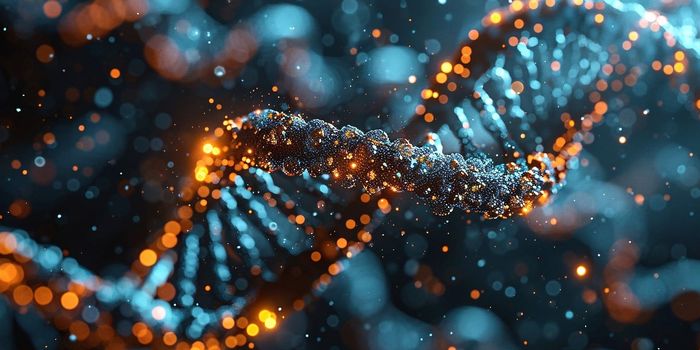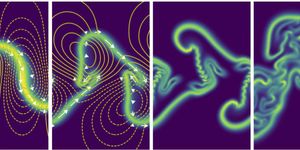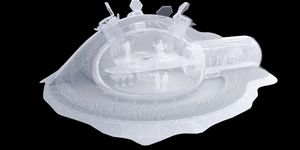Some Regenerative Worms Evolved the Ability Relatively Recently
It’s a rare ability, but some species can regrow body parts. While salamanders and sea stars only regrow appendages, the marine ribbon worm can regenerate an entire body from only a sliver of tissue. These traits were thought to trace back to some ancient species, with only some animals retaining their regenerative abilities and others losing them over time. But now research has indicated that relatively recently, at least four types of marine ribbon worms have independently gained the ability to regrow a head after it’s been amputated. The findings have been reported in the Proceedings of the Royal Society B.
"This means that when we compare animal groups we cannot assume that similarities in their ability to regenerate are old and reflect shared ancestry," explained study author Alexandra Bely, an associate professor of biology at the University of Maryland. "We need to be more careful when comparing regeneration findings across different groups of animals."
Regeneration is a critical ability; all animals need to be able to repair damage like wounds. But species that appeared long ago like sponges and ctenophores are frequently able to regrow their whole body from a damaged part. As animals became more biologically complex, it was assumed that those dramatic regenerative abilities that had once been passed on were now lost. Understanding how regeneration fits into the tree of life can show how it evolved, and what influenced it.
Unlike other research that has been performed on animals that lost their regenerative abilities, this study assessed animals that gained the skill, and may help show what it requires to appear.
For this work, the researchers gathered ribbon worm specimens from 2012 to 2014 in coastal areas of Argentina, the United States, Spain and New Zealand. They also used available information about thirteen other ribbon worm species. After performing regeneration experiments, in which 22 species were bisected and observed, the researchers found that all of them could make themselves whole again by regrowing their back end. Only eight of the species could regrow a head and entire body from the back portion of their body. While four of these species were previously known, four were newly identified. The researchers were actually surprised that most worms weren’t able to regenerate a head.
While it had been assumed that regeneration had been passed down from an ancient, common ancestor, and the ability was slowly lost as species diverged, this work showed that it actually evolved relatively recently.
"The ancestor of this group of worms is inferred to have been unable to regenerate a head, but four separate groups subsequently evolved the ability to do so," Bely said. "One of these origins is inferred to have occurred just ten to fifteen million years ago."
It’s thought that regenerative abilities evolved over 500 million years ago, making ten or fifteen million years a short period in evolutionary history.
"These species that have recently evolved head regeneration will make for excellent models for studying the emergence of new regeneration abilities in animals," Bely said. "We can now ask such questions as what changes in molecular processes led to novel head regeneration ability."
Sources: Phys.org via University of Maryland, Proceedings of the Royal Society B








